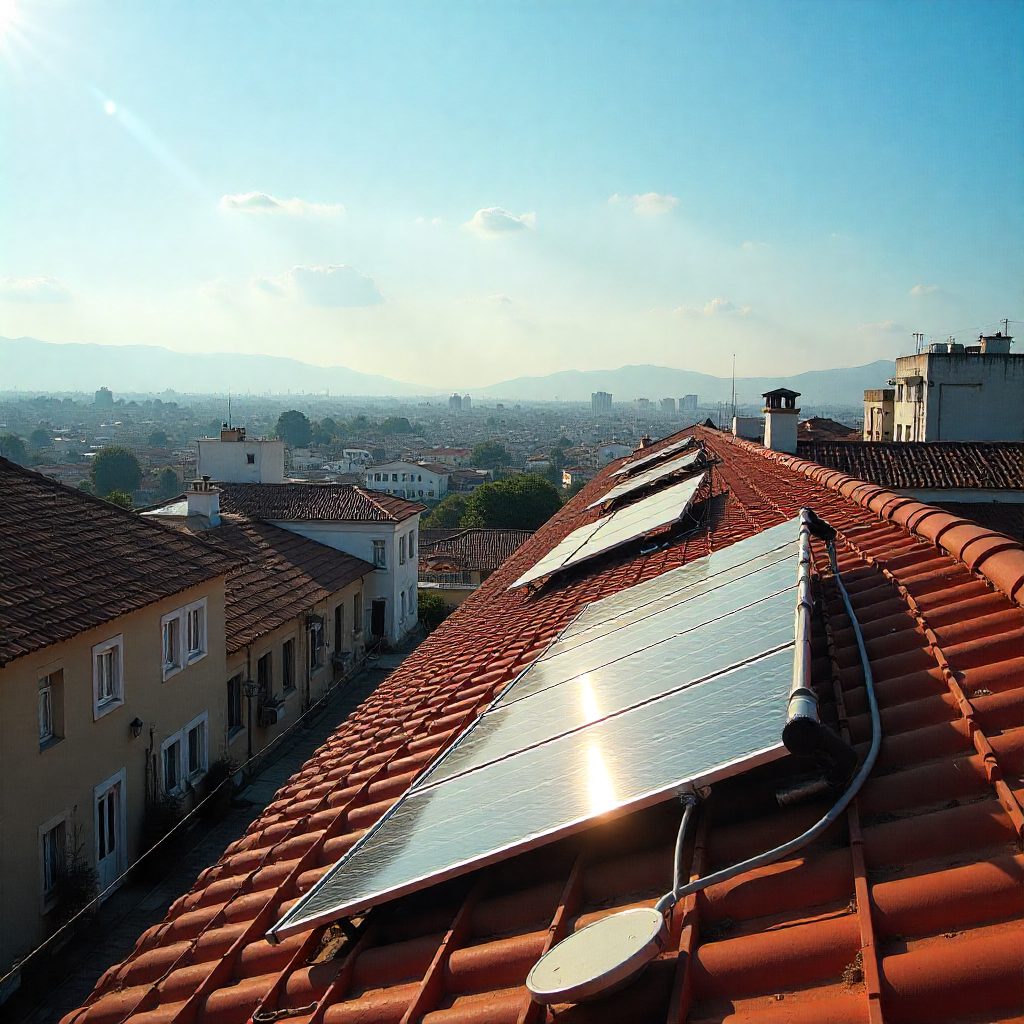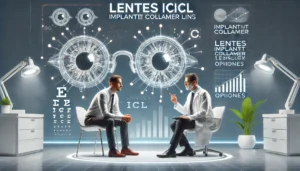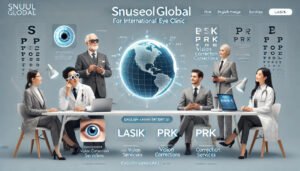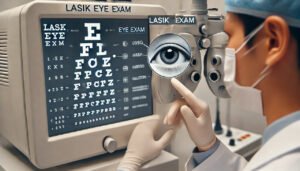The Silent Revolution: How Technology is Reshaping Our Lives and Future
Technology has always been a driver of change, but the speed at which it evolves today is unprecedented. In just two decades, we have moved from dial-up internet to high-speed fiber, from clunky desktop computers to smartphones that outpower early supercomputers. What was once science fiction is now part of everyday reality: voice assistants, self-driving cars, digital currencies, and artificial intelligence shaping entire industries.
This revolution isn’t loud; it’s woven seamlessly into our routines, sometimes without us even noticing. From how we shop to how we work, technology is reshaping every aspect of human experience. Let’s dive into some of the most impactful areas where innovation is altering our present and defining our future.
1. The Digital Workplace: A New Era of Productivity
The concept of a “workplace” has undergone radical transformation. Remote work, once seen as an occasional perk, has become a global standard for millions. Cloud platforms, video conferencing tools, and digital project management systems allow teams to collaborate across continents as easily as if they were in the same office.
Automation is also changing the professional landscape. Routine tasks are being handled by algorithms and bots, freeing human workers to focus on creative problem-solving. For example, in finance, AI systems can analyze market data in seconds, while in healthcare, automated scheduling and diagnostics reduce administrative burdens.
Yet, this shift comes with challenges. The demand for digital literacy has skyrocketed, and employees must continuously adapt to new tools and workflows. The companies that thrive in this environment will be those that balance efficiency with human connection, ensuring that technology enhances rather than replaces collaboration.
2. Artificial Intelligence: From Hype to Daily Utility
Artificial intelligence is no longer confined to research labs or futuristic predictions. It is quietly powering recommendations on streaming platforms, fraud detection in banking, personalized shopping experiences, and even traffic management in major cities.
In healthcare, AI is helping radiologists detect tumors earlier, while in agriculture, smart sensors and predictive algorithms improve crop yields. Beyond industries, everyday life is being shaped by AI in subtle ways: predictive text in messaging apps, spam filters in email, and navigation apps that learn from traffic patterns.
The ethical questions, however, remain pressing. Who owns the data AI learns from? How do we ensure that algorithms are free from bias? Policymakers and innovators are wrestling with these issues in real time, knowing that the answers will shape trust in technology for generations to come.
3. The Rise of Smart Homes and the Internet of Things (IoT)
A decade ago, the idea of controlling household appliances from a phone seemed excessive. Today, it is becoming standard. Smart speakers adjust lighting and music, thermostats learn from our routines to optimize energy use, and connected security systems allow homeowners to monitor properties remotely.
This interconnected web of devices, known as the Internet of Things (IoT), extends far beyond households. In cities, sensors track air quality, monitor waste collection, and regulate traffic signals. In logistics, IoT devices improve supply chain visibility, reducing delays and costs.
The promise of IoT lies in convenience and efficiency, but the flip side is vulnerability. As more devices connect to networks, the attack surface for cybercriminals expands. A smart fridge may seem harmless, but if hacked, it can become a gateway into larger systems. Security in IoT is therefore not just a technical requirement but a societal necessity.
4. Renewable Energy and Clean Tech
Technology is not only changing digital life but also addressing one of humanity’s greatest challenges: sustainability. Renewable energy solutions, such as solar panels, wind turbines, and advanced battery storage, are becoming more affordable and widespread.
Smart grids powered by artificial intelligence balance supply and demand, reducing waste. Electric vehicles are no longer niche; they are mainstream, with traditional car manufacturers shifting entire production lines toward electrification.
Clean technology innovations are even reaching areas like agriculture, where vertical farming and precision irrigation systems minimize resource use while maximizing output. These changes highlight how technology is not just about convenience but survival, enabling societies to move toward greener, more resilient futures.
5. Cybersecurity: The Digital Battlefield
As technology integrates deeper into daily life, the threats evolve alongside it. Cybercrime is no longer the domain of lone hackers; it is a global industry worth billions. Ransomware attacks on corporations, phishing schemes targeting individuals, and even state-sponsored cyber warfare illustrate how digital security is now national security.
To combat these threats, cybersecurity has become one of the fastest-growing industries. Advanced encryption, behavioral analytics, and zero-trust security frameworks are being deployed worldwide. But technology alone cannot guarantee safety. Awareness and digital hygiene — such as using strong passwords, enabling multi-factor authentication, and recognizing phishing attempts — are equally important.
Cybersecurity is not just about defending systems; it is about preserving trust. Without trust, digital transformation stalls, as people hesitate to adopt new tools or share information online.
6. The Transformation of Education
Education is experiencing one of the most profound shifts due to technology. Online learning platforms have democratized access to knowledge. A student in a remote village can now take courses from world-class universities, often for free or at low cost.
Virtual and augmented reality are being used to create immersive learning experiences, from virtual field trips to simulated surgical training. Adaptive learning systems personalize education, identifying a student’s weaknesses and adjusting content accordingly.
Yet, the digital divide remains. While some students benefit from cutting-edge technology, others struggle with limited internet access or outdated devices. The future of education will depend not only on innovation but also on bridging these gaps to ensure equality of opportunity.
7. The Metaverse and Digital Identity
The term “metaverse” has been thrown around with excitement and skepticism alike. At its core, it refers to immersive digital spaces where people interact, work, and play through avatars. While some see it as a passing fad, the infrastructure being built — virtual reality headsets, blockchain-based assets, and digital collaboration platforms — signals a broader trend.
Digital identity is becoming just as important as physical identity. From professional networking in virtual offices to owning digital art and collectibles, people are building parallel lives in digital worlds. Whether the metaverse becomes mainstream or remains niche, its influence on culture, commerce, and communication is undeniable.
8. Healthcare Innovations: Beyond Hospitals
Few areas showcase the power of technology as vividly as healthcare. Telemedicine allows patients to consult doctors without leaving home, a practice accelerated by global health crises. Wearable devices monitor heart rates, sleep patterns, and even detect irregularities that can signal medical emergencies.
Biotechnology and genetic engineering are opening new frontiers, from personalized medicine based on DNA profiles to lab-grown organs that could one day solve donor shortages. Robotics is also making strides, assisting in surgeries with precision beyond human capability.
These advances promise longer, healthier lives, but they also raise questions about affordability and accessibility. Will advanced treatments be available only to the wealthy, or can technology bring down costs to make healthcare more equitable?
Conclusion: Living in the Midst of Transformation
What makes the current technological era unique is not a single invention but the convergence of many. Artificial intelligence, renewable energy, IoT, biotechnology, and digital platforms are intersecting, amplifying each other’s potential.
Technology has become the invisible infrastructure of modern society. We may not always notice it, but it shapes how we communicate, how we work, how we learn, and how we envision the future. The choices we make now — as individuals, companies, and nations — will determine whether this revolution leads to greater prosperity and inclusion or deeper divides and risks.
The silent revolution is already here. The question is not whether technology will change our lives but how we choose to guide it.











